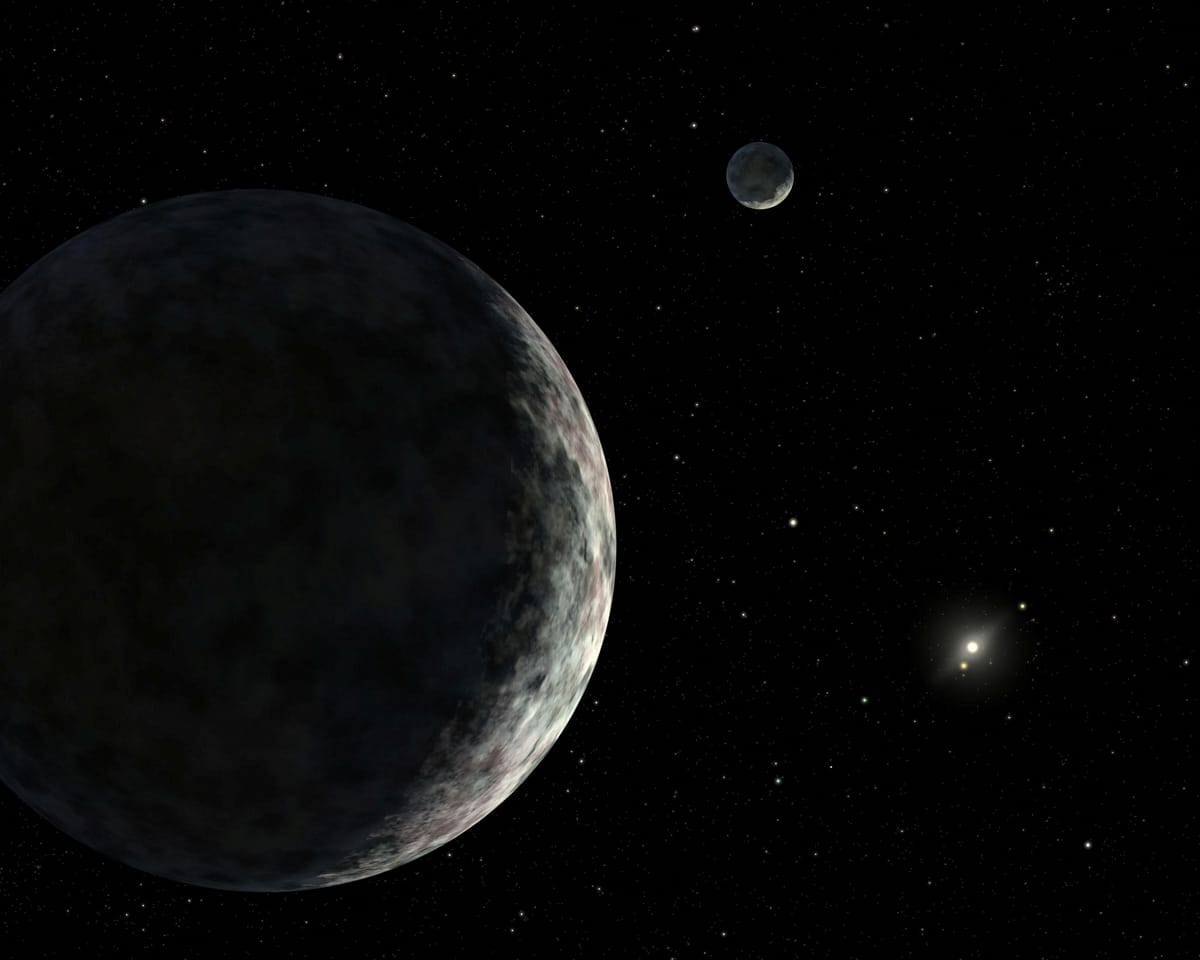The mysterious substances uncovered so far from a historic asteroid mission
After seven years and over US$1 billion, NASA’s Bennu Asteroid OSIRIS-REx mission came back with samples of asteroid dust back in September.

A few minutes every morning is all you need.
Stay up to date on the world's Headlines and Human Stories. It's fun, it's factual, it's fluff-free.
After seven years and over US$1 billion, NASA’s Bennu Asteroid OSIRIS-REx mission came back with samples of asteroid dust back in September. While scientists haven’t been able to open the sample canister yet due to problems with two of the screws that hold the lid, we're starting to learn a lot from the little bits that they were able to collect with tweezers.
The Bennu asteroid is around 4.5 billion years old, and its makeup could hold the secrets of our solar system and to life itself – which is around the same age. In fact, some of the minerals on Bennu might be even older than the solar system. Because Bennu is still in space, its surface hasn’t been contaminated by Earthly materials, like meteor samples we’ve collected in the past.
And what we’ve been able to recover from it so far is drumming up excitement among scientists. On Monday, scientists gave their first analysis of the sample, which had been safely stored in nitrogen so it didn’t get contaminated. It turns out to contain clay minerals known as phyllosilicates as well as some organic molecules.
“We definitely have hydrated, organic-rich remnants from the early solar system, which is exactly what we were hoping when we first conceived this mission almost 20 years ago," explains Dante Lauretta, the mission's principal investigator.
The Valbonne lab at the CNRS-CRHEA research center in France is analyzing 100 milligrams of material from the sample. Valbonne is using a new method for its analysis, a process that shoots electrons through a microscope to create images when they hit luminescent materials. The lab says that some of the stuff in the sample suggests that Bennu once had liquid water: iron oxide, magnesium, different sulfides and more.
Lauretta, who is a planetary scientist from the University of Arizona, found another mysterious, white material when he examined the sample under an electron microscope. “I’ve been looking at meteorites for a long time, and I’ve never come across anything like that.” He says that the material was probably also brought on by the presence of water.




Comments ()